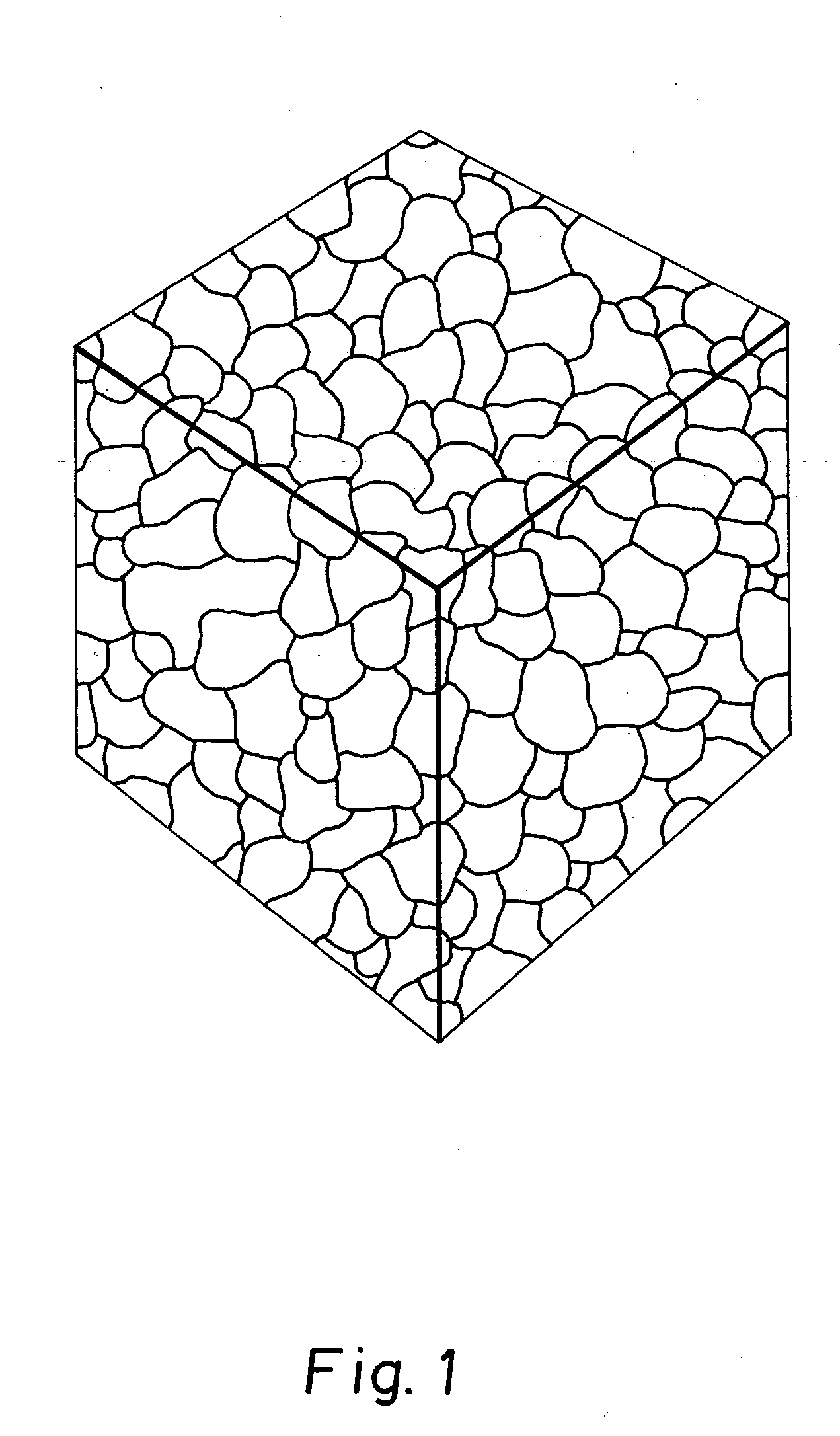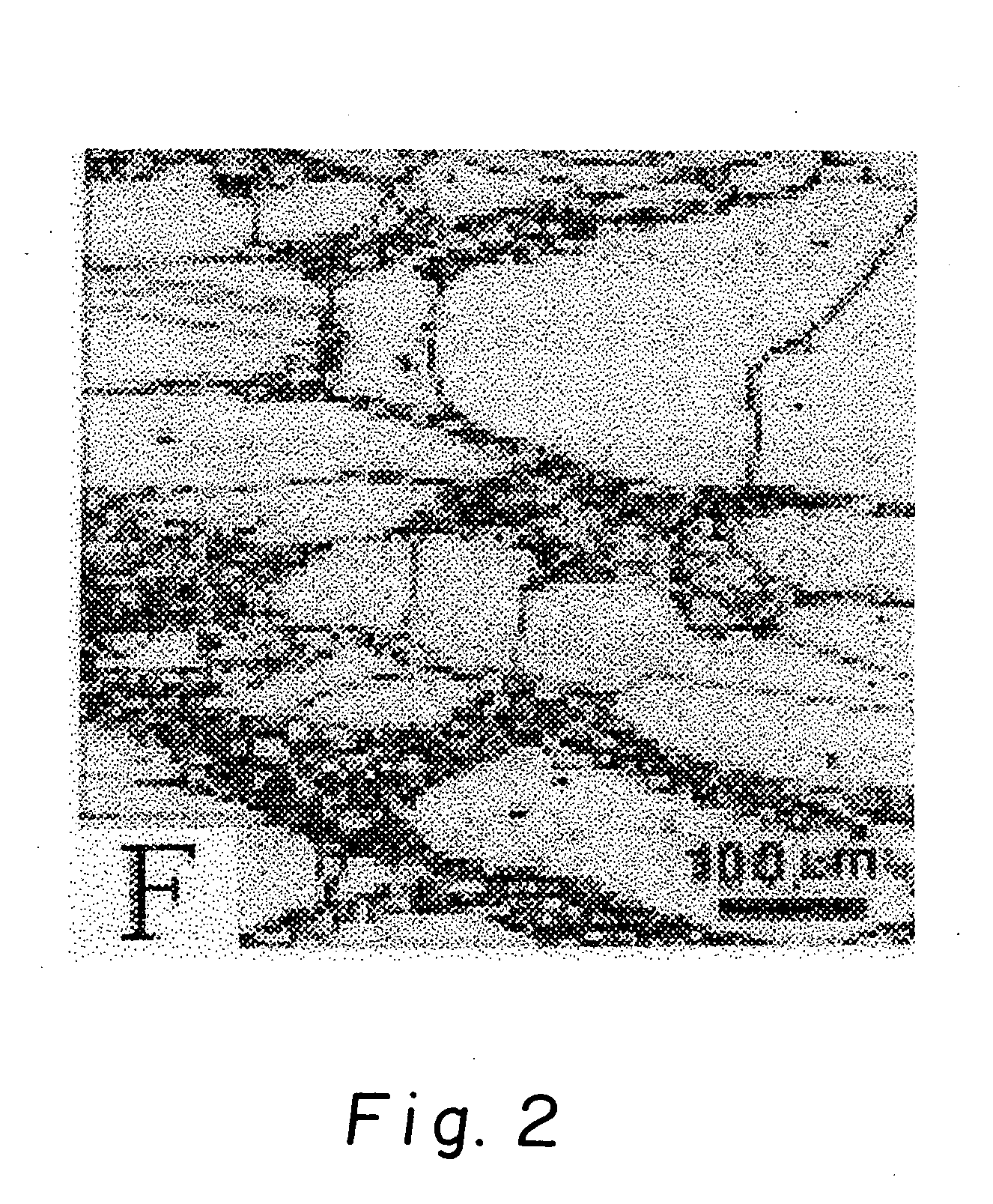Endoluminal device exhibiting improved endothelialization and method of manufacture thereof
- Summary
- Abstract
- Description
- Claims
- Application Information
AI Technical Summary
Problems solved by technology
Method used
Image
Examples
example 2
Stent Formation by Sputtering
[0024] The same operating conditions are followed as in Example 1, except that the substrate is tubular and selected to have a coefficient of thermal expansion different than that of the resultant stent. No intermediate layer of sacrificial carbon is deposited onto the substrate, and the outer surface of the substrate is etched with a pattern of recesses defining a desired stent pattern. The substrate is mounted onto a rotational jig within the deposition chamber and rotated at a uniform rate during deposition. Tantalum is used as the target material and deposited into the recesses of the substrate from a single stationary source. After deposition, the temperature of the substrate and the deposited stent are controlled to impart diametric differential in the substrate and stent and permit removal of the stent from the substrate.
example 3
Stent Formation by Ion Beam-Assisted Evaporative Deposition
[0025] A cylindrical substrate is introduced into a deposition chamber which has capabilities of: substrate rotation and precise positioning, glow discharge substrate cleaning, ion beam-assisted evaporative deposition, and cylindrical magnetron sputtering. The deposition sources are (a) dual electron beam evaporative sources placed adjacent one another at the base of the deposition chamber at a fixed distance from the substrate, these are used with simultaneous argon ion impingement onto the substrate from a controlled ion beam source, and (b) a cylindrical magnetron sputtering source with a carbon target capable of circumferentially coating a carbon sacrificial layer of substantially uniform thickness of between 10 and 200 Angstroms onto the substrate.
[0026] The substrate temperature is controlled to achieve a substrate temperature between about 300 and 1100 degrees Centigrade. The deposition chamber is evacuated to a pre...
example 4
Planar Deposition of Stent
[0027] The same operating conditions of Example 3 are followed, except that a planar substrate is used. The deposition source is a single electron beam evaporation source containing platinum and is used with simultaneous argon ion impingement onto the substrate from a controlled ion beam source.
[0028] The substrate temperature is controlled to achieve a substrate temperature between about 300 and 1100 degrees Centigrade. The deposition chamber is evacuated to a pressure less than or equal to 2×10−7 Torr. A pre-cleaning of the substrate is conducted under vacuum by glow discharge. After cleaning the substrate is moved into position within the deposition chamber and coated with platinum from the electron beam evaporation source with simultaneous argon ion bombardment, with the electron beam evaporation source passing platinum through a pattern mask corresponding to a stent pattern which is interposed between the source and the substrate to pass a pattern of...
PUM
| Property | Measurement | Unit |
|---|---|---|
| Length | aaaaa | aaaaa |
| Pressure | aaaaa | aaaaa |
| Angle | aaaaa | aaaaa |
Abstract
Description
Claims
Application Information
 Login to View More
Login to View More - R&D
- Intellectual Property
- Life Sciences
- Materials
- Tech Scout
- Unparalleled Data Quality
- Higher Quality Content
- 60% Fewer Hallucinations
Browse by: Latest US Patents, China's latest patents, Technical Efficacy Thesaurus, Application Domain, Technology Topic, Popular Technical Reports.
© 2025 PatSnap. All rights reserved.Legal|Privacy policy|Modern Slavery Act Transparency Statement|Sitemap|About US| Contact US: help@patsnap.com



